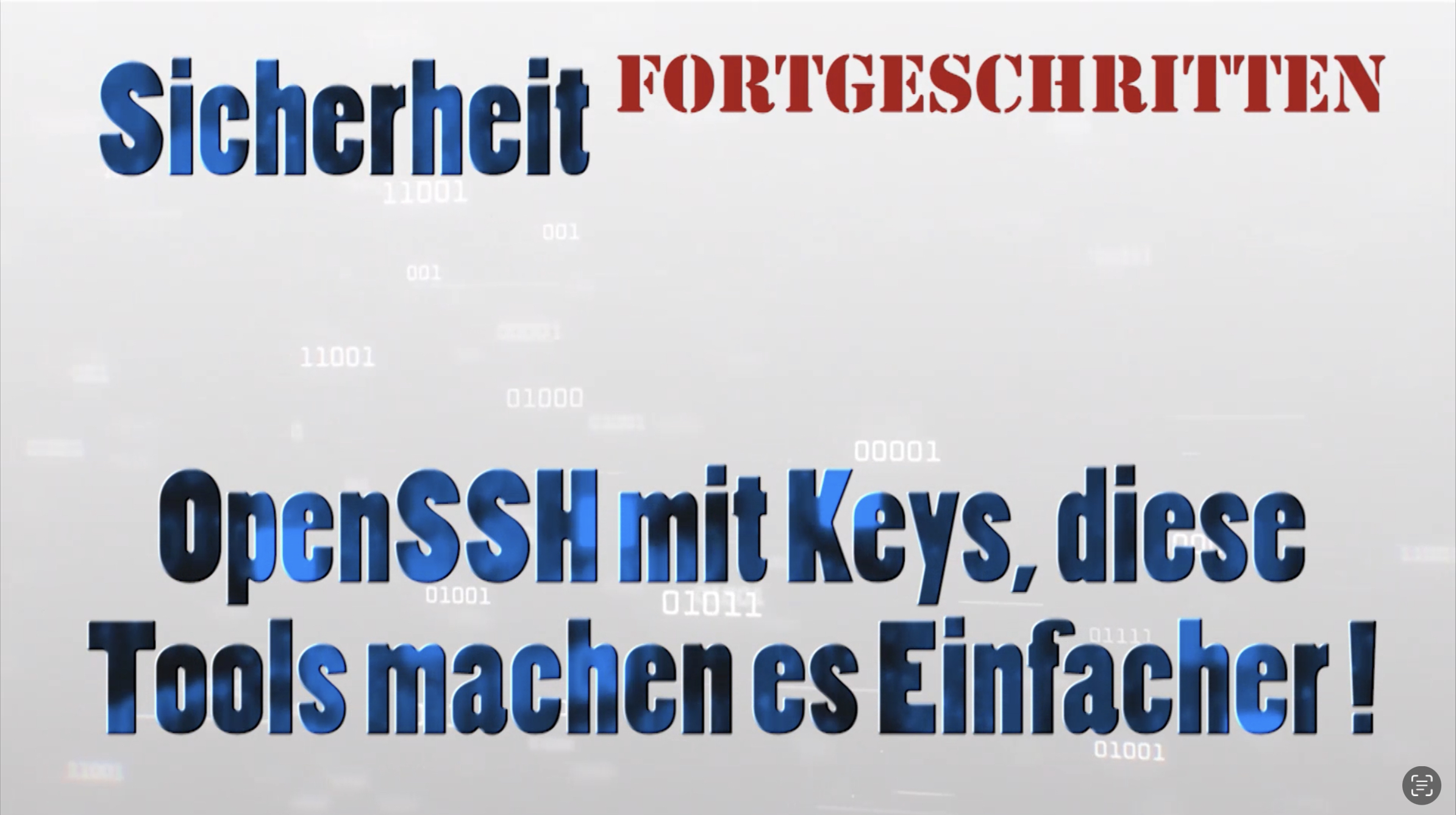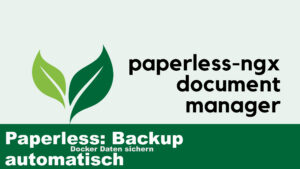OpenSSH Keys, these tools make it easier for you !
Surely I could have included OpenSSH with SSH key login, this is how it works in the last post. But you will always find yourself in a situation where you have to do it without tools. That’s why it was important to me that you understand the principle.
There are tools that can take over certain tasks, some are subject to conditions. I will also show you how to turn off the “passphrase”. The commands are the same in WINDOWS, Mac OS and Linux.
Detailed training video on how to use SSH Key Tools.
Language: 🇩🇪
Subtitle: 🇩🇪🇬🇧
Creating a key pair
ssh-keygen -t ed25519With this command you create your key files. The key can be secured with a password “passphrase”, which I can only recommend to you! (Write this down so you don’t forget!)
You can simply accept the remaining input fields with [Enter].
The key files are located in the local directory “C:/Users/yourusername/.ssh”
The ed25519 is the currently recommended key, and is touted as the safest.
Copy SSH key
ssh-copy-id -i ~/.ssh/id_ed25519.pub user@serverDeposit the public key, recognizable by the ending .pub (id_ed25519.pub), on the target system (server). The “ssh-copy-id” program is used for this. At this point, authentication via password must still be allowed (PasswordAuthentication yes).
If ssh-copy-id doesn’t work, you can copy the public key to the target system and paste it into the ~/.ssh/authorized_keys file. It is important to ensure that the file with the ending .pub is used and not the private key without this ending:
Add key to keychain, no more “passphrase”.
ssh-addAdds the current/active key to the keychain. Entering the “passphrase” is no longer necessary.
ssh-add -DDeletes the current/active key from the keychain. The request for the “passphrase” is active again.
ssh add -llists the stored keys.

Support / Donation Link for the Channel
If my posts have been helpful or supported you in any way, I’d truly appreciate your support 🙏
#Key #KeyLogin #OpenSSH #SSH #SSHKeyLogin #SSHKeyMacOS #SSHKeyWINDOWS #WINDOWSOpenSSHServer #Security



